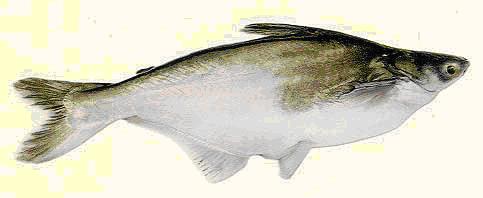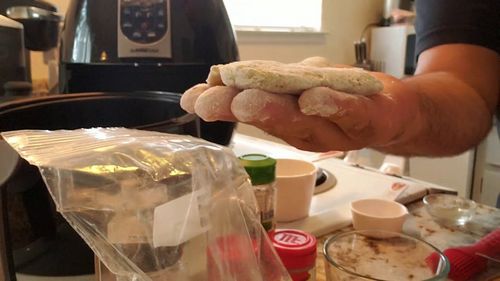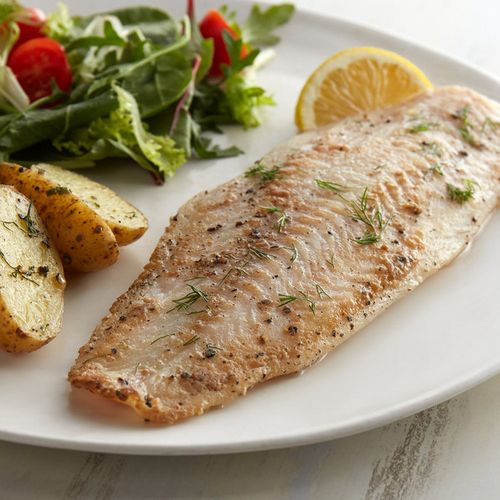The Features of the Swai Fish

Basa is extremely common species of catfish in the catfishes family Pangasiphilidae. Most of the Basa catfish are found in Central and Southern Thailand, but they have also been introduced into other countries in Asia, like Malaysia and Singapore. They are also commonly known as “basa catfish”bantha catfish” in North America, Australia, and in Asia.
Basa catfish belong to several families in the catfishes family, but the three most common species are Swai, M. macularius, and M. vivax. The Basa fish have large bodies, small mouths, and an extensive dorsal fin. Their mouths have a sharp pointed beak, which provides for efficient piercing of their prey.
Like other members of their group the Swai catfish has a long dorsal fin and large mouth, which have a sharp hook-shaped tip. It can also reach about one and a half feet long, but generally swims closer to three feet long. Its scales have very unique colors; the scales of Swai catfish are usually brownish to yellowish, but may also be reddish or orange.
The size of the map of these cats depends on its size, but it is around three feet long and slightly wider in the upper jaw than in the mandible varies from one fish to another. The lower jaw is not used by the Swai catfish, and it has small teeth in a row down the lower jaw. Its gill covers are long, triangular in shape and there are two rows of these covers on either side of the mouth. The upper lip of the fish is long and thin.
Mouth gill covers are very important because they help a lot in filtering oxygenated water and prevent waste products like dead tissues and bacteria from entering the fish’s digestive system. Because the mouth is so large, it is also able to catch large meals like insects or other crustaceans. A few Swai fishes can even swallow a mouse!
The mandible (upper jaw) and gill covers are using to make a “toothed” or hooked bite. The fish uses this bite to pierce and suck its prey, usually invertebrates like snails, grubs, crayfish, and frogs. A few Swai fish have no gill covers at all, but instead they use an appendage called “munkasai” on the lower jaw for such a task.
Mandible size of the fish also depends on the size of the maturation body. Most of the Swai fishes have relatively small jaws while some species like M. macularius have large jaws, but larger body sizes.
Some breeds of Swai fish have smaller mouths and gills, and they cannot feed with their mandibles, they rely on biting. There are several subspecies that can be kept in captivity. Most of the Swai fishes have very low reproduction rates, because the females usually spawn every three or four years and the males only spawn every four or five years.

Some of the best places for breeding Swai fish are in rivers and ponds.
There are some breeds of Swai fishes that reproduce every year, and have reproductive cycles similar to humans, they reproduce on and off during their lifespan. These are usually the smaller species of Swai fishes. When a female Swai fish becomes sexually mature, it will increase its lifespan by about a year. The male’s lifespan will be reduced by about two years.
Some of the Swai fishes, M. macularius for example, have the ability to spawn with one female and fertilize many different eggs during a single spawning event, which allows them to spread their eggs widely. They can even spawn hundreds of eggs. This makes them extremely fast reproducing and efficient in terms of reproduction.
Other than a few species of Swai fishes, there are many others that are less successful in reproduction due to genetic defects, including miscalculations in the breeding procedure. Some of these species may even be considered as endangered. The best way to help conserve these fishes is by not buying them from pet stores.
If you want to keep a lot of Swai fishes in your aquarium, it is advisable to buy them from breeders. Breeders are usually willing to sell these fishes to hobbyists as it is much cheaper for them and more fun to do so.
